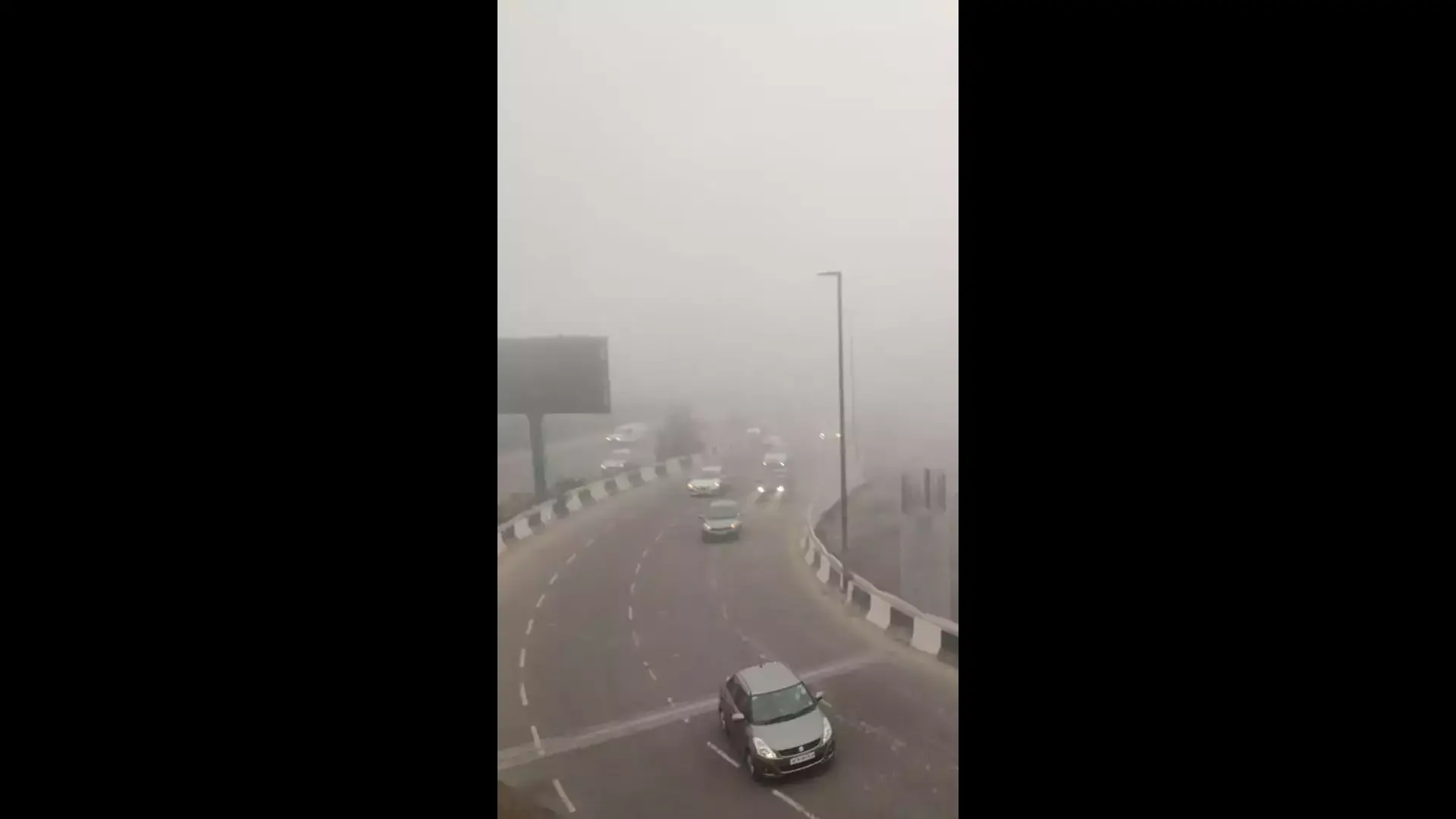Call it a tough resolve and a determined fight back entirely on its own, India is now ringing bells in the minds of Chinese think tank experts and also for the first time, a quick scan of the East Asian media will show that it is getting the prime significance in news and op-eds.
Having given the US media a break for a while and as I was scanning through the East Asian media more after the India-China border clashes in the Galwan Valley, a trend indicating interest in India and its new “geopolitical status” is clearly visible. India is no more at the bottom of Chinese foreign policy agenda. Generally, Chinese diplomacy and strategic affairs experts have focused more on the US, Russia, Japan, North Korea, and in the space and time left, have diverted their minds and energy towards India.
Now with US and the world standing next to India and the recent border clashes becoming a trigger for a possible war dragging China on multilateral warfronts from Indian Line of Control (LAC) to South China Sea to Indo-Pacific waters, India has suddenly caught many eyes in Southeast Asia, including in China. This has some compelling reasons. The strategic actions taken by New Delhi — from boycott of Chinese goods to suspending big-ticket projects to finally the “surgical strike” in banning 59 social media apps — have left many thinking about what’s next from India or its “strategic friends”, the US? The three aircraft carriers of the US Navy are already in the Pacific waters and around the South China Sea, much to Beijing’s frustration, since the LAC clashes.
President Xi Jinping-led CCP leadership, which has so far strongly opposed the idea of treating India as an “equal and a competitor” and had also not allowed anyone to have that notion, has started to feel the heat.
At least two-three recent articles in the South China Morning Post have posed a blunt question to a defiant Beijing by one of its top columnists, Shi Jiangtao, who wrote a commentary with a headline, “Did China Miscalculate the Rise of India?” In his column, Jiangtao writes, “Observers generally say that it would be a nightmarish scenario for Beijing to ratchet up tensions and further alienate New Delhi in the face of worsening ties with Washington and the biggest international backlash in decades over China’s diplomatic overreach and its culpability in the coronavirus pandemic.”
To strengthen his argument, the SCMP commentator quoted Pang Zhongying, an international affairs analyst at Ocean University of China, who said, “India had transformed itself in the past two decades from a giant in South Asia to become an Asian power… Relations with India rank high in China’s foreign policy agenda, especially those pertaining to its periphery region.”
Many rue the fact that the two share the deepest bonds as the world›s two oldest civilisations. Even in the modern era, since their Independence in the late 1940s, the relations were marked by a brief honeymoon period of brotherhood in the 1950s and a long diplomatic freeze after 1962. But it picked up again as India was the one backing China in the UN Security Council, endorsing the mutual concerns in the World Trade Organisation (WTO) and becoming China’s top trading partner by 2008. India, even today, is not against Chinese people and would like to maintain the people-to-people contact, but has given his clear mind through Prime Minister Narendra Modi’s recent border message that “it strongly opposes expansionism”.
In fact, it is arbitrary expansionism and “rogue diplomacy” unleashed by the Beijing leadership against its “best trading partner India” and against its neighbours in the ASEAN region, many of who, supported by the US-led antiChina bloc, have already opened the front against China’s misadventures in Indo-Pacific region.
The SCMP commentary also quoted Wang Dehua, an expert on India at the Shanghai Municipal Centre for International Studies, saying: “Misperceptions of each other’s strategic goals, gaping trust deficits as well as the complicated border dispute are among the top factors that have dogged bilateral ties for decades… In the absence of imminent border solutions, both sides need to set aside past grievances and differences on the border issue and find ways to coexist and thrive together by maintaining the status quo and avoiding misjudgment and opportunism.”
Words of wisdom for Beijing from think tank experts will matter little, given Xi’s defiance and stubbornness to admit the state of affairs — from corona outbreak to LAC to Hong Kong’s “death of personal freedom”.
It is also a fact that three months after the Doklam standoff when the US entered into a comprehensive Indo-Pacific partnership with India, apparently aimed at containing Beijing’s rise in the Pacific waters, India has been haunting China, but the latter has not made the worries public. Instead, it tried to suppress the global perception of elevating India as its competitor by getting more aggressive and expansionist in the region, often troubling Vietnam, Indonesia and Malaysia. The last three didn’t get so much international attention as the world was battling the corona pandemic, but the border clashes with India along with China’s highhanded subjugation of Hong Kong citizens, curtailing their freedom of speech and expression, caught China on the wrong foot.
The world is coming together voicing concerns and this time the democratic world is taking the cause of democratic nations, the one being India. But Professor Dibyesh Anand of London’s Westminster University cautions India and prescribes the mantra to seize the moment. He says: “It is more durable for India to focus on taking strategic steps that strengthen its geopolitical bargaining position. These including putting in immediate and tangible efforts to improve relations with neighbours including Nepal, strengthening the Tibetan diaspora based in India and providing it the adequate space to carry on its activities, reducing the tensions with Pakistan, building more links with Taiwan.’’
Anand, an expert on India-China relations, added: “Ensuring the relation with Russia is as strong as it was in the past, working with ASEAN countries to make economic links stronger, and reprioritising relations with various Asian powers should be India’s top priority. The focus ought to be not on irritating China but working on strengthening geopolitical dynamics that will hold China responsible.”
Xi’s commentary also quotes another international affairs expert raising the Chinese concern about a two-way war — one with India at LAC and the other being a ripple effect, against the US-led anti-China bloc and the disgruntled ASEAN, Taiwan and Quad partners in the Indo-Pacific region. I see the latter as a strong possibility in the light of current presidential election heat in the US where, cutting across party lines, both the Democrats and the Republicans are out to beat each other in spewing hate against China.
A war against China can be a “political game plan”, anticipate some in Washington diplomacy circles. But that will be a nightmare for Beijing to engage on the two main war fronts.
But that also seeks India to be on high alert, rev up its intelligence, start the diplomacy route to reach out to as many countries for ramping up support against China and the possible second front against Pakistan. The latter will enter the fray from the western borders to aid and “repay” China. In that scenario, Uncle Sam’s role comes into play to put Pakistan on a tight leash, including with more sanctions and if possible, a strike to not allow Islamabad even prepare for any military action against New Delhi. Simultaneously, India will make every effort to keep the Kremlin close to its heart and let the traditional friendship work the much-talked magic to isolate Beijing as a “solitary expansionist” set to doom. Once the Dragon is successfully diverted to the Pacific region, there are many waiting there, including the US with its three aircraft carrier fleets, to end Beijing’s arbitrary expansionism permanently. Perhaps, this scenario is also on the minds of think tanks and local media analysts.
It is to be seen if India can tick the right strategic boxes to be the major strategic winner of this new geopolitical churning. At least, the diplomatic coup pulled on China last week, along with PM Narendra Modi’s Ladakh visit, has given New Delhi an edge, for now.







